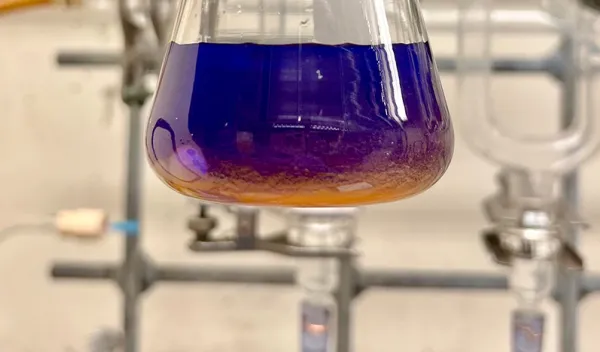
A greener, cleaner way to extract critical metals from junk materials
Researchers have developed a safer and more sustainable method for extracting cobalt and nickel from junk materials. Both elements are critical components in the lithium-ion batteries that power many technologies central to modern life. More efficient extraction strategies could help reduce the impacts of future shortages while potentially mitigating water contamination and other negative environmental effects of large-scale mining operations that supply the metals.
Researchers supported by the U.S. National Science Foundation Centers for Chemical Innovation program pioneered a method to separate cobalt and nickel from ore or recycled materials using ammonia and carbonate, yielding both metals at 99% purity levels. This method provides an alternative to current methods that use harsh solvents and acids which are more energy-intensive and generate significant hazardous waste. The findings are published in the journal Chem.
As the demand for lithium-ion batteries grows through use in mobile phones, electric vehicles and even pacemakers, key components like cobalt may one day be in short supply.
"This approach offers two key benefits: increasing the capacity to produce purified cobalt from mining operations with potentially minimal environmental harm, addressing the harshness of traditional purification chemicals, and creating value for discarded batteries by providing an efficient way to separate nickel and cobalt," says Eric Schelter, the chemist who led the research team at the University of Pennsylvania along with collaborators at Northwestern University.
"Advancements in sustainable chemistry research can have significant impacts on the larger systems involved in essential material supply," says Judith Burstyn, director of the NSF Division of Chemistry. "In addition to reducing the potential human and environmental harm of traditional mining processes, harvesting critical metals from e-waste here within the U.S. can help bolster U.S. economic security."
